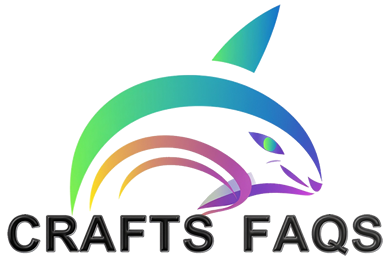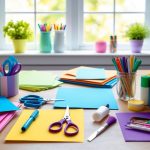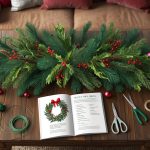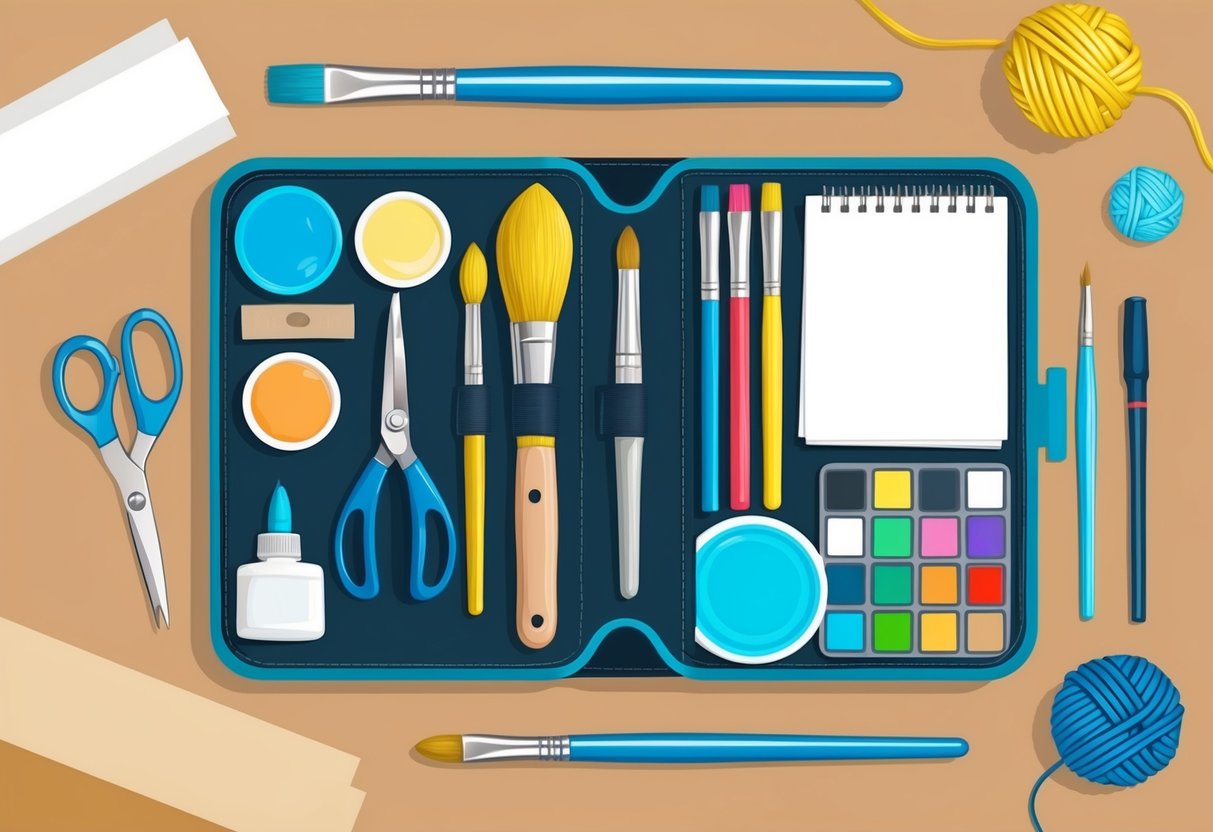
Yarn and Crochet Basics
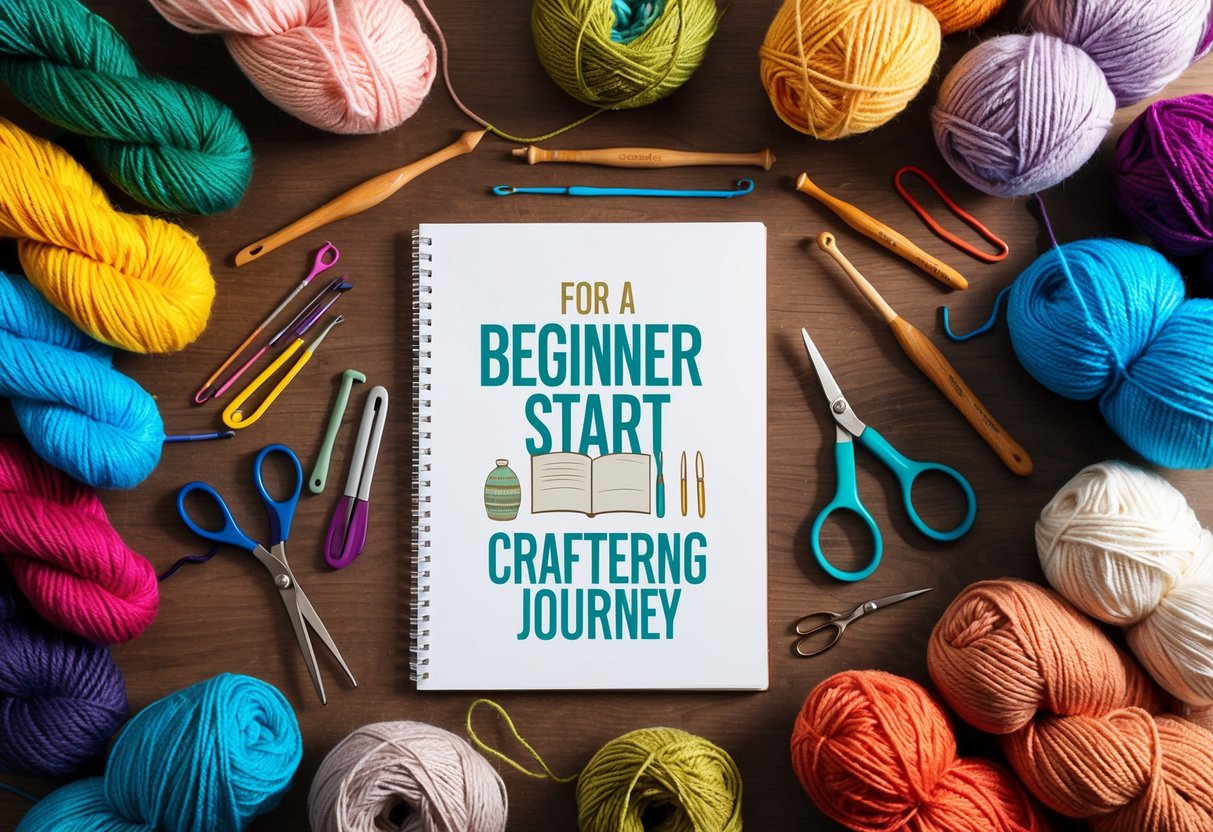
Yarn crafts, crochet, and embroidery all begin with a basic toolkit tailored to the chosen technique. Selecting the right materials, from yarn types to crochet hooks and embroidery floss, provides a smoother learning experience.
Yarn Craft Essentials
For beginners, starting with medium weight (worsted) yarn is recommended because it’s easy to handle and widely available. Acrylic yarn is a popular first choice due to its affordability, variety of colors, and forgiving texture.
Those seeking natural fibers often choose cotton for its durability and clean stitch definition, making it ideal for dishcloths and amigurumi. Yarn comes in various thicknesses, or “weights,” which impact how your finished project looks and feels.
Labels usually indicate recommended crochet hook sizes, which makes it simple to match tools and materials. Softness, washability, and colorfastness are important to consider for frequently used or worn items, such as scarves and hats.
Beginner craft kits sometimes include small sample skeins, providing a cost-effective way to explore different yarn textures. Storing yarn in a clean, dry container keeps it tangle-free and protected from dust or pests.
Crochet and Hooks
Crochet requires a hook, and starting with a few basic sizes gives new crafters flexibility to try various projects. The most common beginner hook sizes are 5.00mm (H-8) and 6.00mm (J-10), as these pair well with medium weight yarn and are comfortable to handle.
Hooks are typically made from aluminum, bamboo, or plastic, each offering unique advantages. Aluminum hooks glide easily through yarn, reducing friction for quicker stitching.
Bamboo hooks have a warm feel and light weight, which can ease strain during longer sessions. Ergonomic handles are useful for those with grip or wrist concerns, reducing discomfort over time.
A simple crochet starter kit might include a set of different-sized hooks, small scissors, a tape measure, and a few stitch markers to help keep track of rounds or pattern changes. Keeping tools organized in a dedicated pouch speeds up prep and cleanup.
Embroidery Floss
Embroidery floss is made from six easily separable strands and is primarily used for needlework, but it’s also handy for finishing touches on crochet or yarn projects. Cotton floss is the most common, offering vibrant, fade-resistant colors that bring detail work to life.
A good starter set includes several primary colors so beginners can practice basic stitches and embellish crocheted pieces. Floss is often available in small, inexpensive bundles, making it easy to build a palette over time.
Storing floss in plastic bobbins or zip bags prevents tangling and keeps color families organized. Needle sizes should match the floss thickness, and for fine details, a thinner embroidery needle works best.
Learning to separate and recombine strands allows crafters to control stitch thickness and texture for intricate, personalized effects.
Beads, Buttons, and Decorative Elements
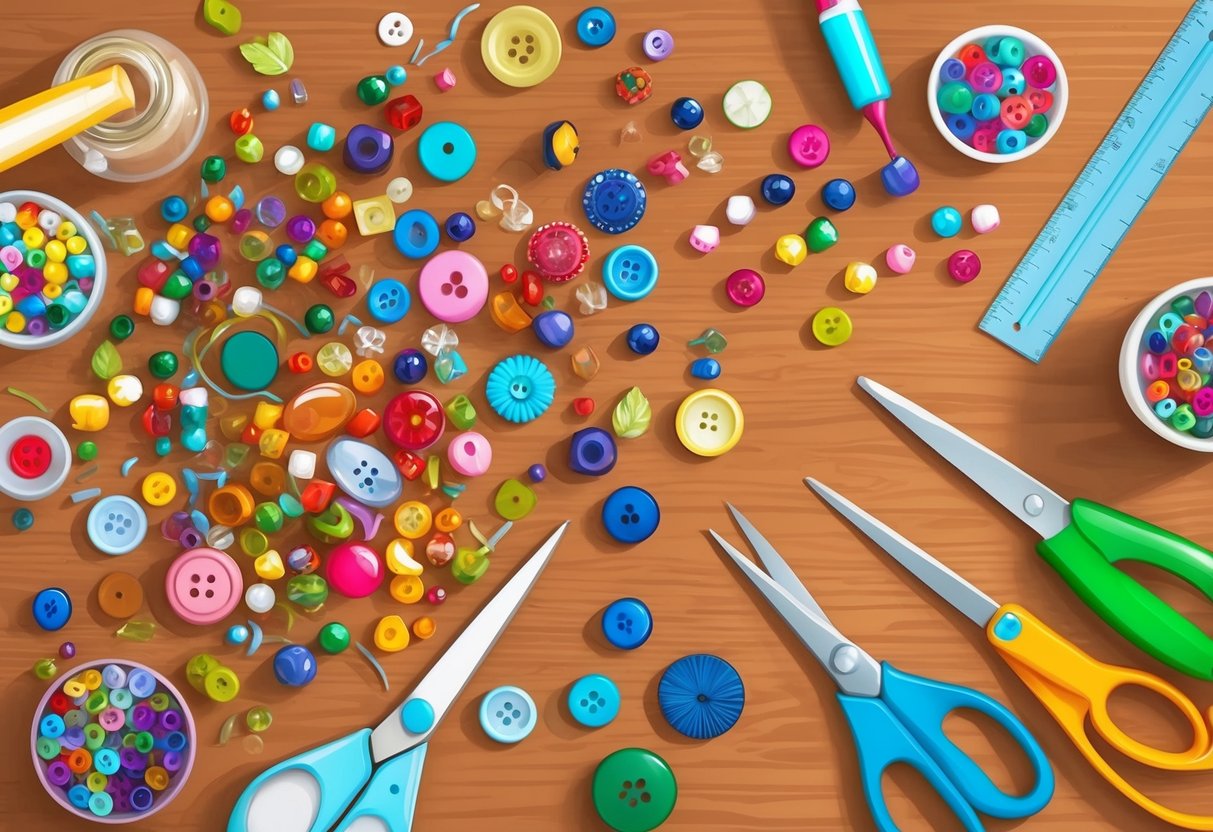
Adding beads, buttons, and decorative elements can expand the creative potential of any crafting project. These versatile materials bring color, texture, and personal flair to both beginner and advanced designs.
Creative Beadwork
Beads are available in a range of materials, such as glass, plastic, wood, ceramic, and metal. Each type offers unique color options, finishes, and levels of durability.
Beginners should start with basic shapes like round or seed beads since they’re easy to work with and widely available.
Essential tools for beadwork include:
- Beading Needles
- Wire Cutters
- Pliers
- Beading Mats
Crafters commonly use beads to create necklaces, bracelets, earrings, and decorative accents on fabric crafts. Mixing different sizes and finishes gives added depth and interest.
For those interested in learning more, beginner guides to beading recommend understanding the properties of different bead types and choosing tools that match the desired project style. You can find detailed instructions and lists of recommended beadwork supplies in guides for bead beginners.
Selection of Buttons
Buttons serve as both functional fasteners and decorative highlights. New crafters will benefit from a small collection that includes various shapes, sizes, colors, and finishes.
Useful types include flat buttons, shank buttons, and novelty designs. A well-rounded button selection allows for more than sewing—they can be glued, stitched, or threaded onto a range of materials, from fabric to paper and even wire.
Buttons can embellish clothing, bags, home décor, or scrapbooks. For those assembling a craft kit, make sure to choose sturdy materials and a variety of finishes, so the buttons suit both practical and decorative uses.
A comprehensive approach to stocking basic decorative materials is suggested in lists of essential craft supplies for beginners.
Specialty Tools for Diverse Crafts
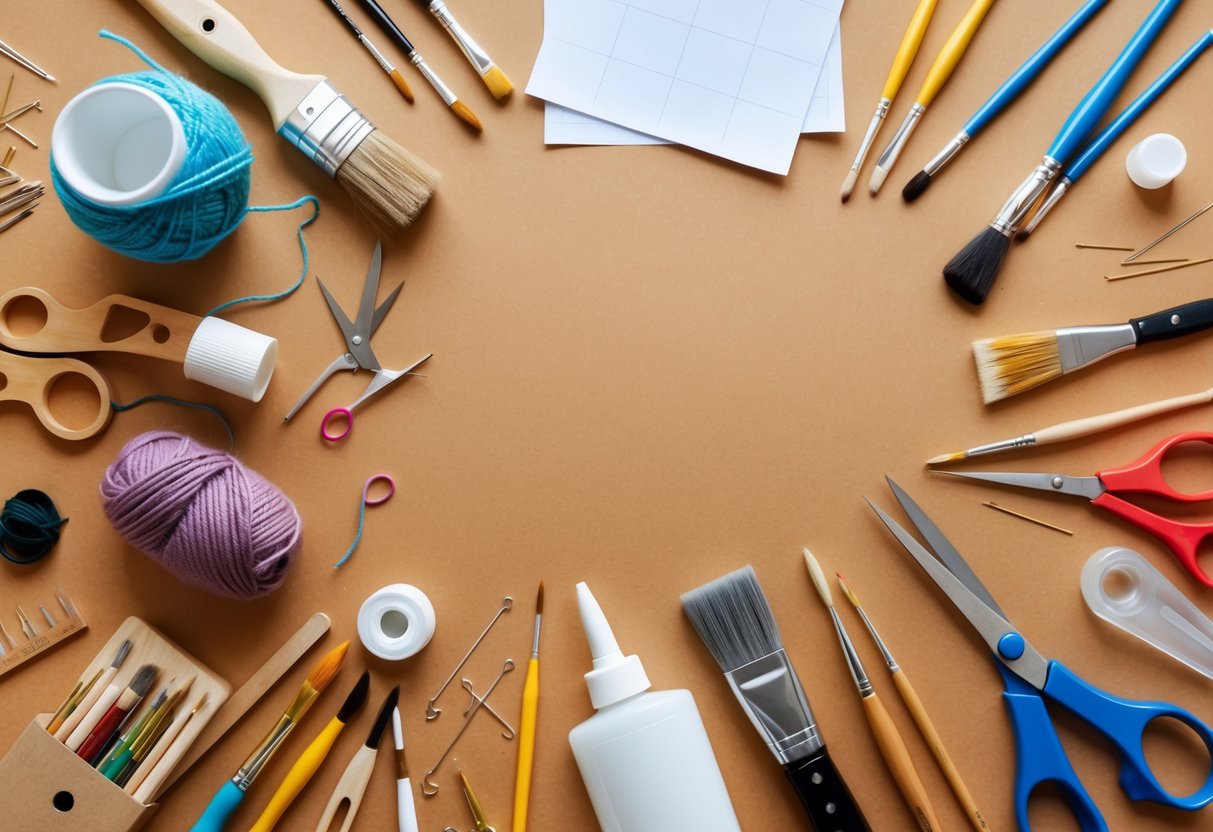
Certain crafts require tools designed for specific tasks, allowing for better results and increased efficiency. Choosing the best specialty equipment can help crafters handle intricate, delicate, or heavy-duty work with greater precision and safety.
Seam Rippers for Sewing
A seam ripper is an essential tool for sewing projects. Its sharp, fine point and small blades allow precise removal of unwanted stitches without damaging the surrounding fabric.
A comfortable grip is crucial for controlling the seam ripper, especially during longer projects or when working with delicate textiles. Crafters often encounter situations where a seam must be undone to correct mistakes.
The seam ripper’s design lets users slide under threads easily, snipping and lifting them away. For dense or multi-layered seams, a high-quality seam ripper is less likely to snag or tear materials.
It’s also helpful for opening buttonholes and trimming stray threads. Keeping the blade sharp and the handle clean ensures consistent performance.
Unlike scissors, which can accidentally clip too much fabric, a seam ripper offers targeted precision. This makes it a mainstay of any sewing toolkit.
